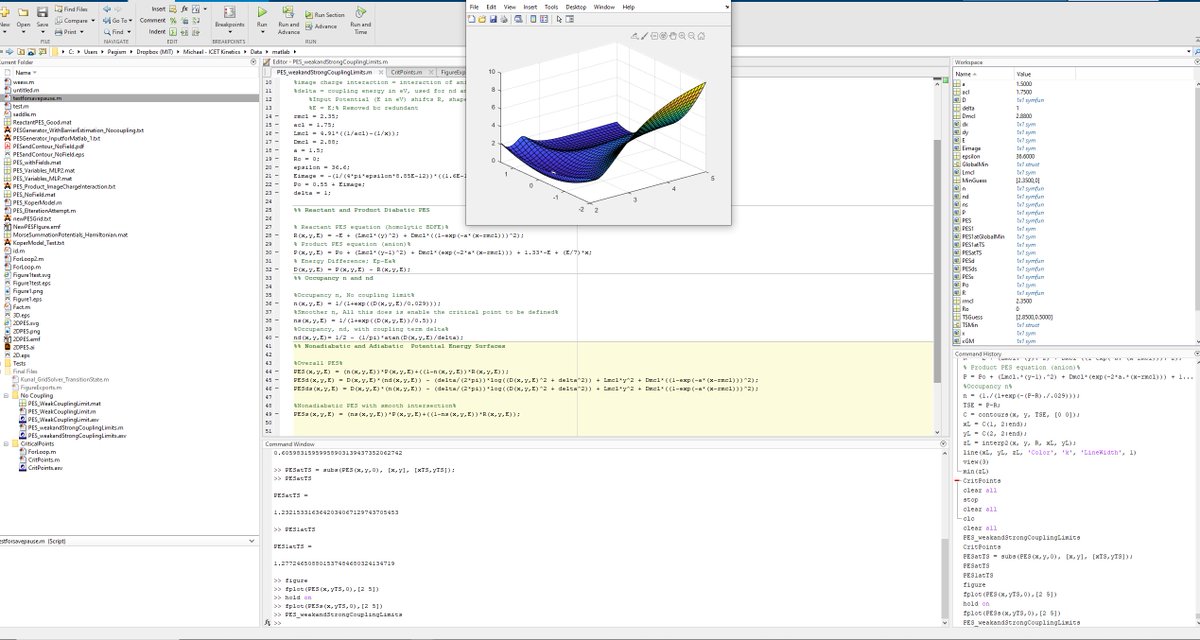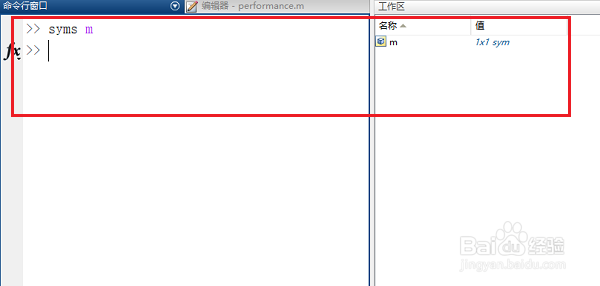
We can also find the inverse Laplace transform of a matrix or an array using the ilaplace() function. So, if we change the independent variable, the result will change. In the above code, as you can see, the output and the variables in the output have been changed. Now let’s change both of these variables, and instead, we will use a as an independent variable and x as a transformation variable. In the above code, we only provided the function to the ilaplace() function, so it will use the default values for the independent variable and the transformation variable. Now consider another example where we will change the independent variable as well as the transformation variable. In the above code, as you can see, the transformation variable t is changed to x. For example, let’s replace the transformation variable t with x. But if you want to change the transformation variable, you need to pass that variable as a second argument to the ilaplace() function. In the above code, as you can see, we only provided the function to the ilaplace() function. For example, let’s find the inverse Laplace transform of a function using the ilaplace() function in Matlab.


By default, Matlab will use the variable t as the transformation variable.

By default, Matlab will use the variable s as the independent variable, and the third variable is the transformation variable of the time domain. The first variable is mandatory, which is the Laplace domain function, the second variable is optional, which is the independent variable of the Laplace domain.

The ilaplace() function excepts three input variables. In Matlab, we can use the ilaplace() function to convert a Laplace domain function into a time-domain function. We use inverse Laplace transform to convert the Laplace domain function into a time-domain function. Find Inverse Laplace Transform Using the ilaplace() Function in MATLAB This tutorial will discuss how to find the inverse Laplace transform using the ilaplace() function in MATLAB.


 0 kommentar(er)
0 kommentar(er)
